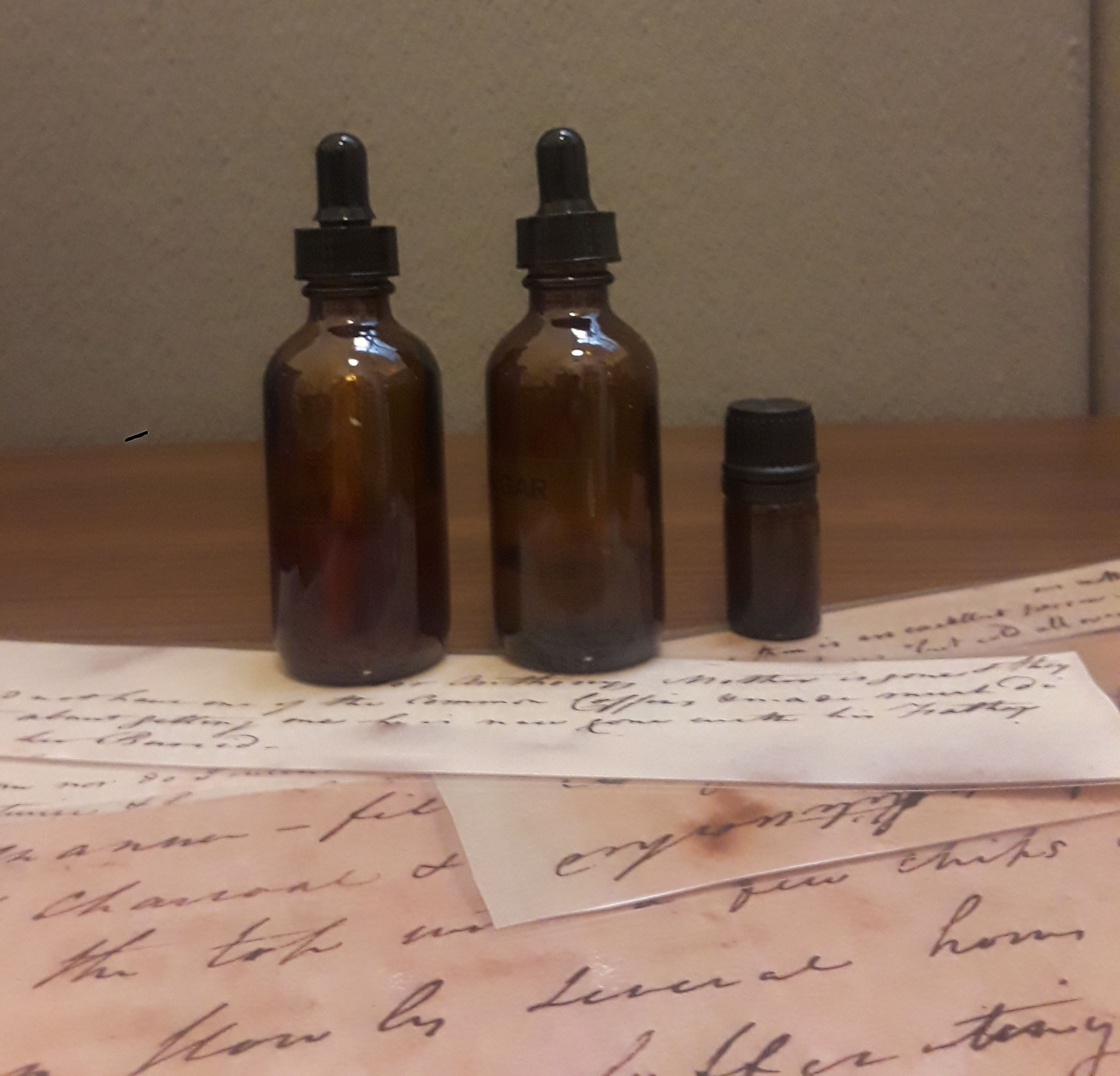Middle School Programs Make Personal Connections to 1793 Yellow Fever Epidemic
The 1793 yellow fever epidemic features prominently in middle school curriculum throughout the east coast. Knowing this, and having fallen tragically in love with letters from the Wyck Association Collection, Museum Education staff set out to bring new life to this old epidemic. As museums and schools push towards developing cross-curricular integration and promoting empathy, we recognized an opportunity to have our program meet current students' and teachers' needs.
The Wyck Association Collection (on deposit at the APS Library) holds a series of letters from Caspar Wistar Haines to his wife, Hannah Marshall, written during the epidemic.The heart-breaking letters describe the experience of Caspar’s mother battling a bout of yellow fever and how she eventually succumbed to the virus in October 1793. Caspar’s descriptions provide the perfect mixture of detail and historical information. These descriptions include: who took care of his mother, how they did so, how he prevented himself from catching the fever, and how the room was cleaned afterwards. Everything required of a lesson was in these letters; the task at hand was making that information accessible to a middle school audience.
By combining a close reading of snippets of the letters, sensory experiences, and thought-provoking questions, we provide a full experience for learners. We combed through the letters to find quotes that correspond to a “before, during, and after” sequence. By choosing three solid quotes, we are able to describe the experience of witnessing someone experience yellow fever.
After checking in on how students arranged their quotes, we invited brave participants to try some historic remedies. We start with prevention (or “before”). Caspar, as mentioned in the quote below, had a garlic clove in his mouth while sitting on the other side of the door to his mother’s room. “I have not been in the Room nor do I intend it. I have been near the Door and Spoke to her twice and have Garlick…constantly in my Mouth.”

Reading the handwriting of a person from the past is one part of creating a connection. Having a student actually taste garlic and then learn why Caspar might have used it as a preventive measure enhances that connection and promotes empathy. (Plus, this is for middle school students, so making it gross and tactile keeps them engaged and entertained!)
We repeated a similar series by tasting vinegar and wafting sulphur (or brimstone), both evoking some solid groans from the taste or putrid smell. Throughout the lesson, students grappled with the reality of the 1793 epidemic and connected with the Haines family. The students allowed us to bring new life to these old letters while we share historical information and learning skills with them.

As these letters demonstrate, archives hold personal stories that connect to lessons learned in the classroom. We are excited share these stories with the students and shake up some old lessons on a well-documented epidemic.
Special thanks to the staff at the Wyck House and at Historic Philadelphia, Inc.
